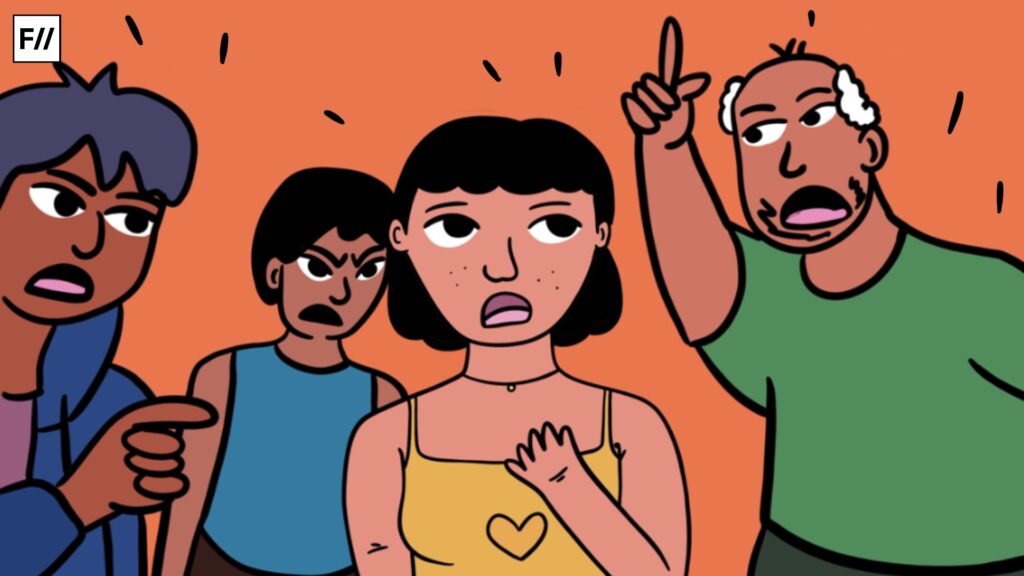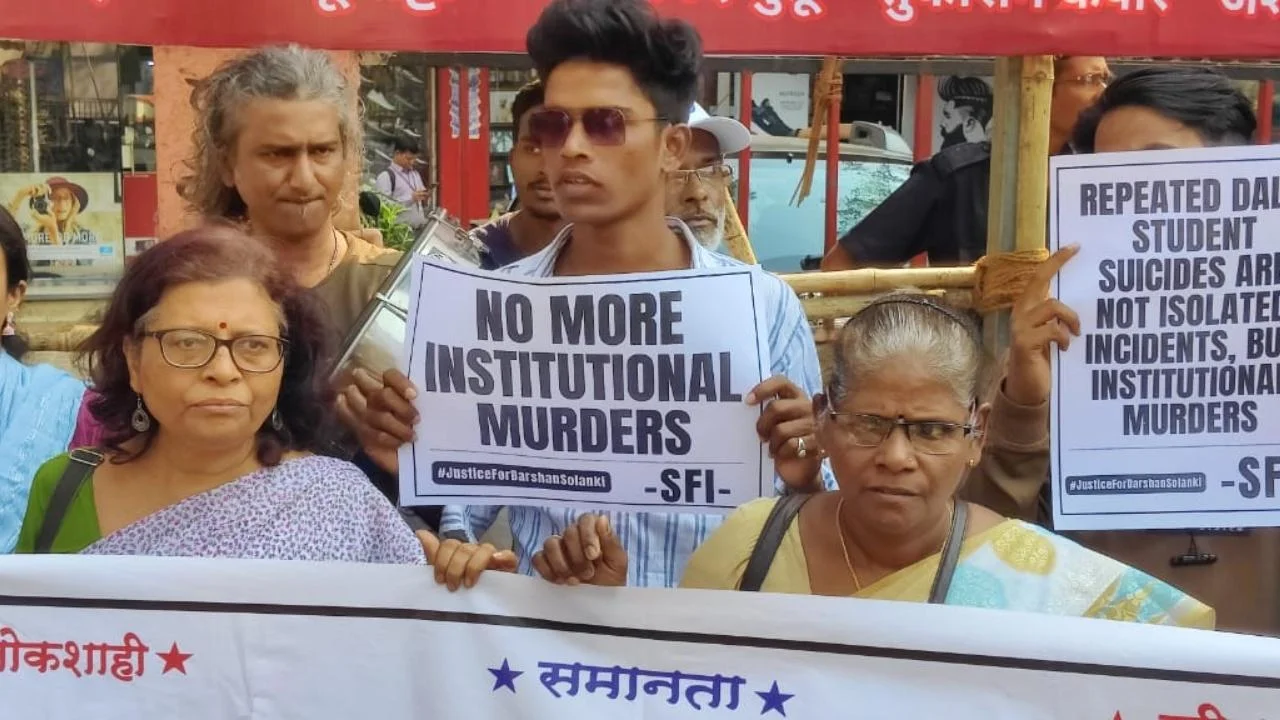Bullying as defined by The National Centre Against Bullying is, “An ongoing and deliberate misuse of power in relationships through repeated verbal, physical and/or social behaviour that intends to cause physical, social and/or psychological harm.” Not only does bullying manifest in different forms of abuse, it also operates through both individual and group interaction, in online and offline settings.
Recent findings by the Teacher Foundation show that 42 per cent of students in primary classes and 36 per cent in secondary classes are bullied. The quantum of the problem remains amiss in statistics for adults, college campuses, and gendered differences.
Gendered impact of bullying
Most often, we get so used to bullying that in most cases, it does not seem like a big deal at all. By adulthood, we ‘almost forget’ it as a bad story, as we dismiss it. Researchers have discovered, ‘that understanding the role of gender and gender stereotypes play a huge role in bullying because they directly influence the socialisation of young children into gender roles.’
I remember in grade two, I was a lonely, introverted, shy kid with a few friends or sometimes no friends at all. One day, during our lunch break, one of the children had yellowish food fall on the ground. The class turned up so mean that they made fun of it as, ‘achhi garyo’ (which translates to Nepali) meaning discharge of poop.
Bullying at its bedrock rests on stereotyping, gendered roles, and discrimination. Societal norms concretise gender roles as men are supposed to be strong and independent, and women are socialised to be sensitive and understanding. For those not fitting into these constructs, bullying acts as the social discipliner.
Also Read: Why Are LGBTQIA+ Students Bullied In Schools Which Claim To Be Progressive?

According to a new survey published in Glamour Magazine, ‘It was found that girls were bullied more often than boys—30 per cent of girls experience it, compared with 22 per cent of boys’. About 20 percent of those who were bullied as children were later diagnosed with a mental health problem that needed medical treatment as young adults.
The study shows that ‘these statistics compare to the 23 per cent of the kids who were bullied frequently and had sought help for a psychiatric problem before age 30’.
Although bullying comes in different forms, the most common form is verbal and physical bullying. Psychologically, bullying creates a feeling of superiority ‘where one uses an aggressive language as well as unwelcoming gestures to coerce the power to make one feel inferior.’
Priyadarshini*, a bachelor’s student of English literature in Kathmandu recollects, “I remember in grade two, I was a lonely, introverted, shy kid with a few friends or sometimes no friends at all. One day, during our lunch break, one of the children had yellowish food fall on the ground. The class turned up so mean that they made fun of it as, ‘achhi garyo” (which translates to Nepali) meaning discharge of poop.” She said, “I felt embarrassed in front of the whole class when aaya didi took me away to check underneath my skirt.” As an adult, the incident hurts me even today”, she adds.
Bullying can have a long-lasting negative impact. It is an institutionalised social disciplining which ensures people cannot be themselves. Most of the time, victims are not vocal about bullying. Bullying is so normalised and dismissed that reporting the same is not considered as a viable option for fear of the repercussions
Being bullied can affect everything about personality development, including how one sees themselves to how one sets goals in life. “Even after the Secondary Education Examination (SEE), when I thought of opting for English, I was told I wouldn’t fit in as my English wasn’t good enough,” Samira*, a third-year Journalism student at St. Xavier’s College opens up about how the feeling made her ‘hate herself.‘

Often, people dismiss the conversation on the impact of bullying due to the popular notion that one comes out of the experience stronger. But research shows that chronic victimisation and bullying in early life can impact self-confidence and cause survivors to internalise negative feelings for themselves.
Shrena*, a 21-year-old student and performer based in Kathmandu says that her skinny body as a 10-year-old kid became a subject of mean jokes. She recalls, “My classmates and teachers said I looked alike as ‘Sugriv’ (name calling), known as the mythological king of monkeys from Mahabharata. They used to imitate the way I spoke, the way I walked and the way I simply looked. It really left me with no gauge to measure how I used to feel at the time.”
Mental health and bullying
Bullying can have a long-lasting negative impact. It is an institutionalised social disciplining which ensures people cannot be themselves. Most of the time, victims are not vocal about bullying. Bullying is so normalised and dismissed that reporting the same is not considered as a viable option for fear of the repercussions.
This secrecy around bullying can make it hard to assess its severity. Survivors live with fear and anxiety for a prolonged time, which results in low self-esteem and makes them underconfident. It is important to account for the experiences of survivors of bullying to make others aware that it is a kind of violence and hence, needs to be spoken about. It is therefore important to share this experience.
Also Read: Why Gender Sensitivity Must Begin At School
In order to protect the survivors of bullying, especially girls and students from marginalised genders, schools must offer counselling and therapy sessions not just informing about anti-bullying positions, but also catering to breaking gender and sexual stereotypes.
Even though bullying might not be solved at once, one constructive solution could be having self-assertive behavioural building sessions which address gender gaps. This would help students to assess, heal, process, and grow as confident people not bogged down by self-doubt and low self-esteem.
*Names changed to protect privacy
About the author(s)
Susmita Aryal is a final year student of English Literature and Journalism at St. Xavier's College, Maitighar, Kathmandu. Besides storytelling around identity, gender and society, she is interested in 'art' i.e. any kind of artworks that fall under the genre of art.






The problem with this argument is the same with hate speech, who gets to define ‘hate’ or ‘bullying’. According to the definition provided in the article itself, none of them amount to bullying. Was the poop joke made repeatedly? The 2nd graders intended to cause psychological harm on their classmate?
The second one is more interesting, personally i wouldn’t call it bullying but the ‘victim’ can call it so. I really don’t know where to go from there.
The gender skew can also be due to the fact that what constitutes as bullying is very different for both genders (since you’ve only talked about the two)
Very well articulated.